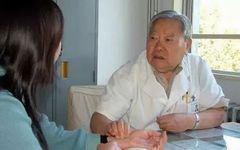
Click the blue text
Follow us
Aside from pulse diagnosis, the mystery of Traditional Chinese Medicine (TCM) lies in observation diagnosis. “Knowing by observation is divine, knowing by hearing is sacred, knowing by inquiry is skilled, and knowing by palpation is clever,” states the classic TCM text, the “Nanjing” (Classic of Difficult Issues), which divides the levels of diagnosis into four tiers: divine, sacred, skilled, and clever. The highest level is to understand the patient’s condition through observation diagnosis, which the ancients believed to be the pinnacle of diagnosis.
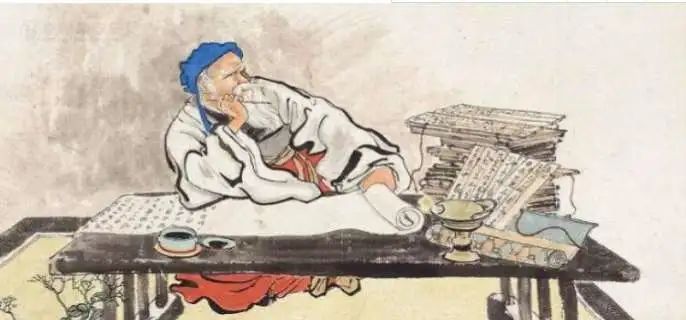
Starting with the miraculous “Diagnosis by Observing the Eyebrows”
The story of Bian Que (the legendary physician) diagnosing Duke Cai Heng is well-known in the TCM community. Later, during the Eastern Han Dynasty, Zhang Zhongjing wrote in his “Shang Han Za Bing Lun” (Treatise on Cold Damage and Miscellaneous Diseases): “Every time I read about the diagnosis of the Yue people entering Guo, and observing the complexion of Duke Qi, I cannot help but sigh in admiration for his talent!” Zhang Zhongjing greatly respected Bian Que’s observational skills, and through continuous clinical practice, his own observational skills had reached a remarkable level!
One day, the medical sage Zhang Zhongjing was at a gathering with friends, including Wang Can, one of the “Seven Scholars of Jian’an,” who was only 20 years old and already a famous poet. During their conversation, the observant Zhang Zhongjing believed that Wang Can was suffering from a serious illness and sincerely told him: “You have been ill for a long time and must take the Wushi Decoction to recover. If untreated, by the age of 40, your eyebrows will fall out, and you will be in life-threatening danger in six months.” Wang Can, upon hearing this, dismissed it but politely pocketed the prescription for Wushi Decoction that Zhang Zhongjing had written for him.
Three years later, Zhang Zhongjing saw Wang Can again: “Did you take the Wushi Decoction I prescribed?” Wang Can replied that he had. Zhang Zhongjing shook his head and said: “From your complexion, it is clear that you have not taken it.” Twenty years passed, and Wang Can wrote famous works such as “Seven Lamentations” and “On Climbing the Tower.” However, he suddenly fell ill with a strange disease, first becoming bedridden, and then losing all his eyebrows. After visiting many famous doctors and trying numerous medicines without success, Wang Can passed away six months later. Before his death, he told those around him: “Zhang Zhongjing is indeed a divine physician; I truly regret not heeding his advice back then, or I would not have met such an end.”
This is the famous case of “Diagnosis by Observing the Eyebrows” in TCM history.
Observation Diagnosis—A Preliminary Diagnosis of Gynecological Diseases
The ancients placed great importance on observation diagnosis. In the “Suwen” (Plain Questions), Qibo said: “Color and pulse are what the supreme deity values, and what the ancients transmitted.” Color refers to observation diagnosis; pulse refers to pulse diagnosis.
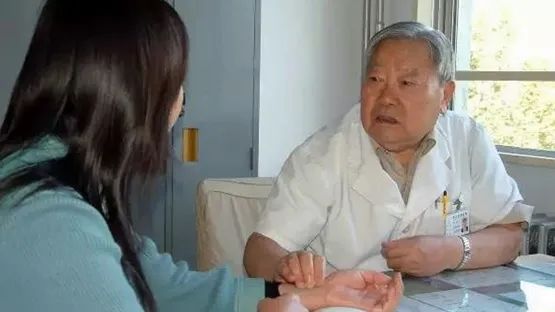
Master Xu Rusan from the China-Japan Friendship Hospital
In gynecological clinical practice, observation diagnosis holds significant reference value for diagnosing diseases. Master Xu Rusan from the China-Japan Friendship Hospital believes that internal issues manifest externally. For example, in the case of obesity, although the muscles and fat appear robust, there is often a co-existence of Qi deficiency and spleen deficiency; in contrast, in the case of thinness, with little subcutaneous fat, dry or hot skin, bright red lips, and feelings of heat or afternoon tidal fever, there may be early and scant menstruation; if the body appears yellow and thin, with a faint bluish complexion, visible veins on the forehead, swollen lymph nodes in the neck, and mental depression, there may be irregular menstruation, dark purple menstrual blood, abdominal pain, and in middle-aged women, breast swelling and pain, sometimes to the point of being untouchable; if the muscles are thin, the skin is sallow and dry, especially with a grayish face, sunken ears, and a dark color, along with mental depression and even subcutaneous edema, this often indicates amenorrhea.
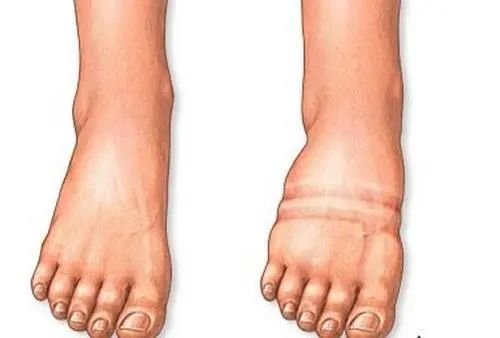
Observation Diagnosis—A Preliminary Assessment of Disease Causes and Locations
Dr. Ma Shuhua, an acupuncture expert at Beijing University of Chinese Medicine, once treated a young female patient who had experienced right-sided tinnitus for over six months, with no significant abnormalities found in various examinations. Upon observing her tongue, he noticed that the tip was slightly deviated to the right, suggesting cervical spine issues. The patient then recalled having had neck and shoulder pain a year prior, which had improved with treatment. Thus, it was determined that the right-sided Qi and blood stagnation was caused by cervical spine compression, and acupuncture was applied to the right foot’s Qiaoyin point (足临泣穴) and Hand Sanli point (手三里), resulting in reduced tinnitus. The next day, further acupuncture was applied, including the left Zhongzhu point (中渚穴), and the tinnitus completely disappeared.
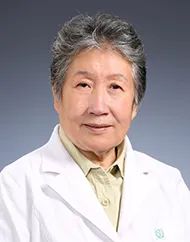
Dr. Ma Shuhua from Beijing University of Chinese Medicine
In TCM, the appearance of wrinkles at the root of the nose, along the line connecting the inner canthus of both eyes, often indicates coronary heart disease or myocardial ischemia; rust-colored pigmentation or abnormal coloration at the bridge of the nose may suggest fatty liver, cholecystitis, or gallstones; persistent cough accompanied by a red glabella often indicates tuberculosis, tumors, or chronic obstructive pulmonary disease; grayish wings of the nose often suggest spleen deficiency; abnormal color at the tip of the nose, enlarged blood vessels, or color changes often indicate discomfort in the middle jiao (中脘) or digestive tract abnormalities, with conditions like rosacea from excessive alcohol consumption being a prime example.
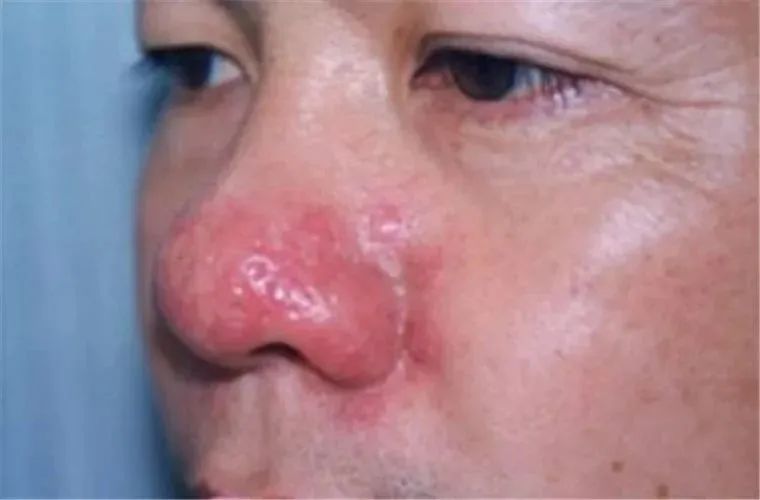
Observation Diagnosis—A Preliminary Assessment of Tumor Risks
The tongue’s appearance has certain diagnostic value for tumors. For instance, cancer patients often exhibit abnormal tongue qualities, primarily presenting as a bluish-purple tongue and dark red tongue, with prominent features such as a swollen tongue and teeth-marked tongue. Thick and greasy tongue coating and abnormal sublingual veins are also common manifestations of tumor tongue appearance. These specific characteristics can provide clues for clinical diagnosis, preventing missed or misdiagnoses.
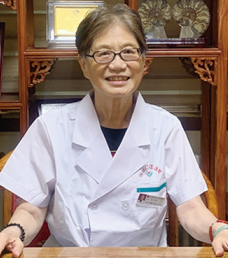
Former oncology expert from the China Academy of Chinese Medical Sciences, Chen Yong
Dark pigmentation, dark spots, and abnormal coloration at the bridge of the nose, along with redness at the thenar (堂鱼际) of both hands or swelling on both sides of the tongue, often indicate liver and gallbladder lesions; swelling on both sides of the tongue suggests liver enlargement, while swelling at the tongue’s edge indicates space-occupying lesions in the liver, including cysts, hemangiomas, and tumors. The risk of liver metastasis is higher in tumor patients, which can directly guide further examinations for them. Former oncology expert Chen Yong explained that a bluish-purple tongue is a significant feature of primary liver cancer, with over 40% of primary liver cancer patients exhibiting “liver nodules” at the tongue’s edge, characterized by a bluish, dark purple, or bruised line, which can appear as linear, strip-like, or irregular spots. “Facial spots and crab-claw wrinkles on the face have certain clinical significance in differentiating between benign and malignant lung diseases. Additionally, sublingual nodules often indicate the risk of recurrence and metastasis in breast cancer patients.
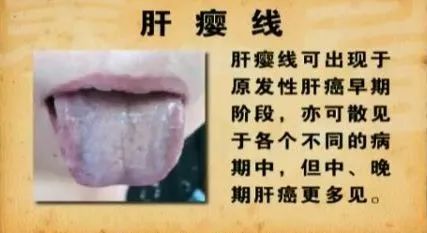
Observation Diagnosis—Excluding Mental Health Disorders
Observation of the spirit primarily involves checking for any mental abnormalities and further excluding conditions such as depression.
Loss of spirit, also known as lack of spirit, is a manifestation of deficiency in essence, Qi, and spirit, often presenting as a dull complexion, dim eyes, and a vacant gaze. False spirit is often seen in those with chronic or severe illnesses who have lost their spirit but suddenly appear more spirited, with bright eyes and excessive talking; or when the illness progresses, their voice may become low and intermittent, suddenly becoming loud, indicating a rise in Yang Qi without foundation, a sign of separation of Yin and Yang.
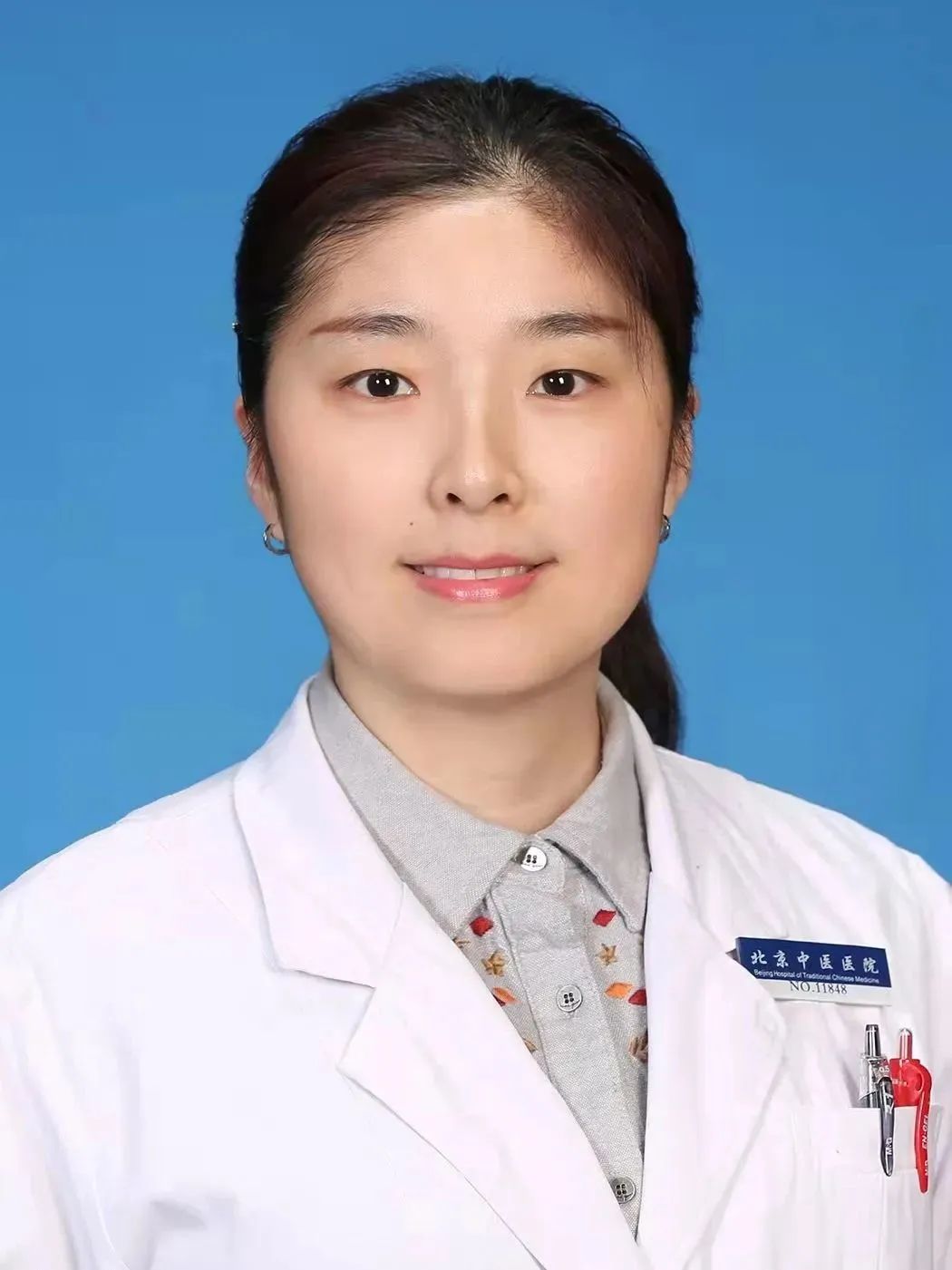
Dr. Zhu Xueqi, an expert in psychosomatic diseases at Beijing University of Chinese Medicine
Depression is characterized by a vacant gaze, unblinking eyes, and a fixed stare. Patients with depression often have reduced attention span and become immersed in their own world during conversations, lacking response to intentional actions from the physician. Dr. Zhu Xueqi reminds us that if there are two white frothy lines on both sides of the tongue or if the tip of the tongue is indented in a “W” shape, it indicates an inability of the heart Yang to expand, which is also a manifestation of mental disorders. Of course, if there are thoughts or behaviors of self-harm or suicide, greater attention is needed.
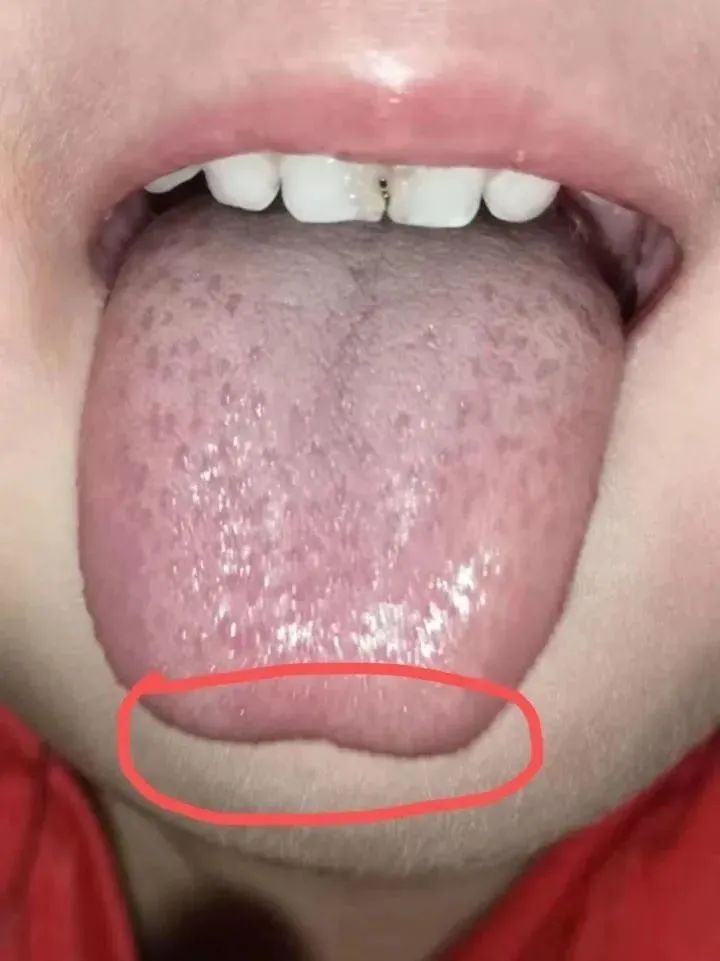
Observation Diagnosis—Predicting Cardiovascular and Cerebrovascular Diseases
Master Zhao Chunjie, a disciple of a TCM master, once treated a patient with dizziness who reported discomfort in the neck and noticeable wrinkles in both ears. When asked about symptoms of palpitations or chest tightness, the patient reported no significant symptoms. Two years prior, they had been hospitalized for chest tightness and pain but had overlooked it due to the absence of recent episodes. Dr. Zhao added herbs such as Gua Lou Pi (瓜蒌皮), Xie Bai (薤白), and Dan Shen (丹参) to the prescription to protect cardiovascular health and prevent disease recurrence, resulting in significant improvement in the patient’s neck symptoms. If only cervical spondylosis had been considered for acupuncture treatment, it could have led to missed diagnoses or even accidents.
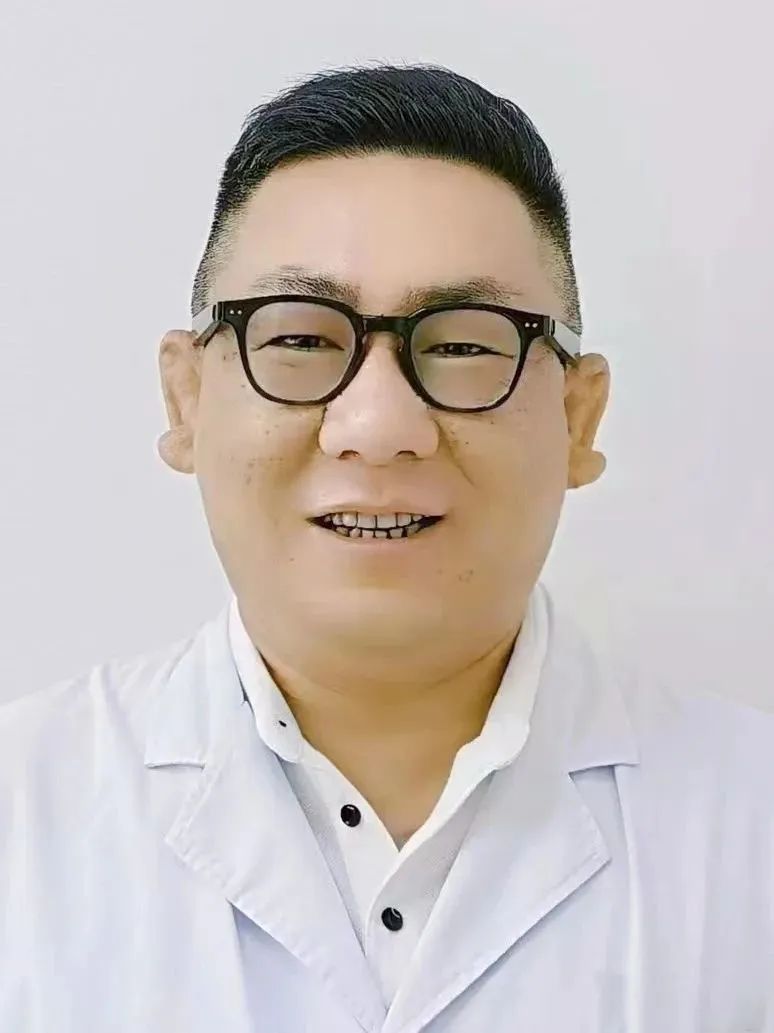
Master Zhao Chunjie
Dr. Zhao reminds us that wrinkles on the earlobe—known as the coronary sulcus, wrinkles at the root of the nose along the line connecting the inner canthus of both eyes, and significant color changes on the inner sides of the middle and little fingers, along with purple spots on the tongue, dark purple tongue quality, or engorged sublingual veins, all suggest the possibility of coronary atherosclerotic heart disease. In stroke patients, pathological changes in the auricle correspond to areas of the brain such as the occipital, temporal, frontal, subcortical, and brainstem, primarily manifesting as discoloration, desquamation, and wrinkles. Thus, TCM observation diagnosis plays an important role in diagnosing cardiovascular and cerebrovascular diseases, allowing for prediction and diagnosis of such conditions.
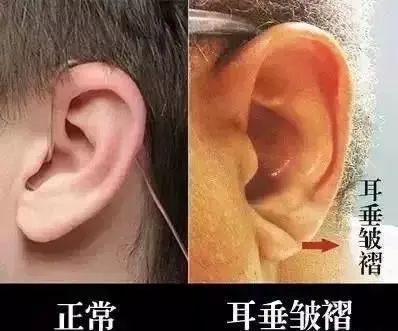
Of course, TCM has always emphasized the integration of the four diagnostic methods, so observation diagnosis must be combined with hearing, inquiry, and pulse diagnosis to be responsible for the patient and improve diagnostic accuracy.
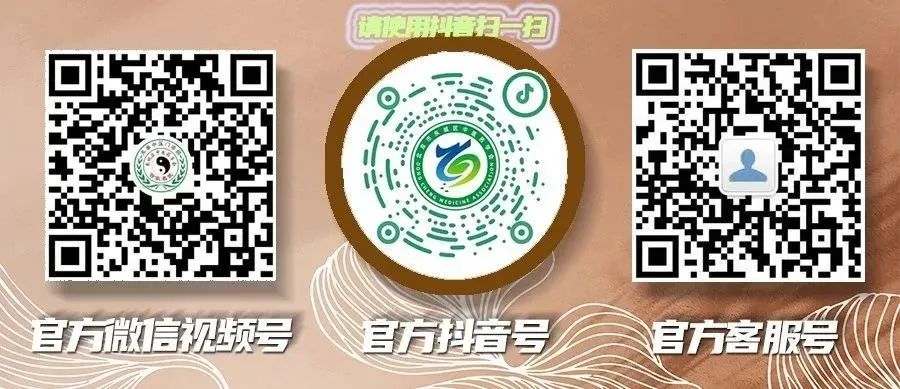
Consultation Phone:
010-84025419
010-65254130

